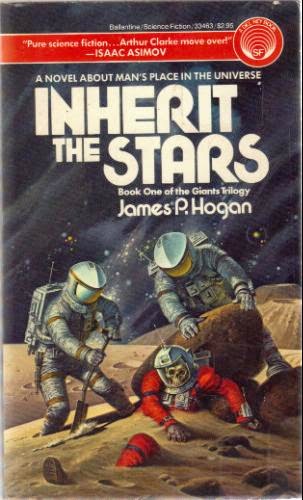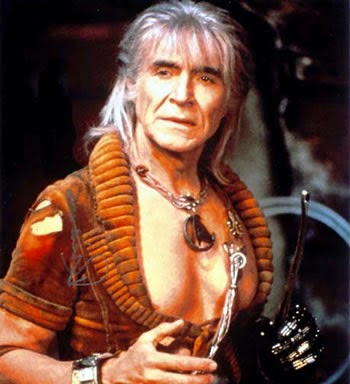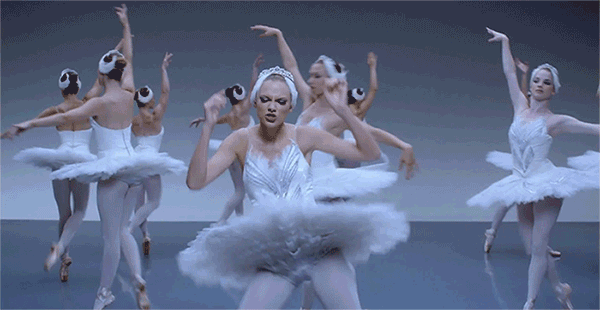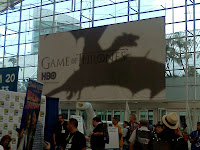The ever-popular Frequently Asked Questions. I can honestly say I never, ever thought there would be so many people here that I’d need to do something like this. But here you are. And much as I love getting to say “hullo” and chatting with folks, it gets really exhausting answering the same questions again and again every other day.
So, rather than get annoyed with folks for asking the same question I just answered twice on the last status update, I figured I’d just put all the answers to the most common questions in one document and update it every couple of months or so.
That way, people can just ignore this. It’s much more efficient for all of us…
 When does Ex-Communication come out?
When does Ex-Communication come out? Ex-Communication is being released on July 9th, 2013. I know, finally… It’s been done for ages, but then got caught up in the whole Crown deal and the usual publishing stuff. Sorry for the long wait, but I really think it’s going to be worth it.
Is Ex-Communication the last Ex book?
Nope. I’m currently finishing up a fourth one which should be out in October of 2013. I’ve also got very tentative plans for a fifth book, but that would all depend on Broadway Books and how well the series does for them.
I’ve never really planned it as a trilogy or having a set specific storyline. I get to leave some threads hanging for later things, and if all goes well I get to pick up those threads in later books. There are some specific things I know people are hoping to see resolved in Ex-Communication, but there are a few things that may still linger. The series could go on for a while.
What’s the fourth book going to be about?
I’d rather not say at the moment. I don’t like spilling too much in advance because people tend to latch on to a lot of out-of-context stuff and make a lot of judgments about it—despite the fact that it’s a snippet they’re seeing out of context. I’m kind of like JJ Abrams that way. Just without the fame, prestige, money, or power.
What’s the fifth book going to be about?
See above.
Why are you so against people talking about your books?
I actually love to think people are talking about my books. It still stuns me, to be honest. What I hate are spoilers. That’s why I always delete it when someone posts revealing information from the back half of a book and why I try to avoid those questions in interviews. It’s fantastic that someone enjoyed it so much when XX found XXX and realized XXXX, but by talking about it (or posting or whatever) they’re making sure the person they’re telling can’t enjoy it the same way they did. It’s like explaining how a magician does all his tricks and then taking someone to see the show. It won’t be as fun, and it’s not how you’re supposed to see a magic show.
And, yeah, this is a page for folks who’ve read my books, but not everyone’s read everything. A lot of folks are here for the Ex-Heroes series, but a lot of people found this page because of 14. It may be a stupid attitude in the information age, but I don’t want to ruin the experience of these books for anyone if I can avoid it.
Will there be a sequel to 14?
I don’t really have one planned. 14 was always intended to be a stand-alone book, which was part of the reason I was able to do so much with it, story-wise. It’d be tough to do anything with it that didn’t feel a bit cheaty or expected (I hate prequels).
That being said… I have had a few very loose, very faint ideas for a sort of side-quel to it. Think of it as more of a Next Gen– Deep Space Nine relationship. But I wouldn’t do anything until I had a good, solid story to tell, so that’s not happening in the foreseeable future (for at least a year or two).
Will there be a sequel to The Junkie Quatrain?
Probably not. I think a lot of the fun of The Junkie Quatrain was the interconnected-overlapping nature of the stories, and it would be tough to replicate that without feeling a bit forced and awkward. I think we’ll probably have to draw our own conclusions about what happened to all those characters. Well, all the ones that survived anyway…
However, we may see some of the various characters again. Quilt has been showing up in my stories, in one guise or another, since my first real attempt at a novel in college (sort of like Stephen King’s Man in Black, Randall Flagg). If you follow
my ranty blog at all, Quilt’s actually a supporting character in
The Suffering Map. I think he’s just a creepy, badass professional in almost every reality.
Do you have any plans to attend XXXX—Con?
I love attending cons and meeting folks, but it usually burns down to time (I do need to keep writing books) and money (airfare and hotels add up quick). Driving distance has better odds than flying distance, west coast has better odds than east coast. I’d love to do more, I just need to figure out ways to make them fit with those two factors.
Will you be my friend on GoodReads?
Nope. It’s nothing personal, I just really don’t like Goodreads. To be honest, I can’t stand the site, I submit nothing there, I post nothing there, and make it a point to spend as little time there as possible (which fortunately works out to “no time” in an average month). I understand a lot of people love the site and if it works for you, that’s fantastic. I won’t be there. No friends, no reviews, no messages, no comments, no nothing. I’d explain why, but… I’m taking the Thumper approach.
Is there going to be a movie/ TV series/ cartoon/ graphic novel of your books?
Man, wouldn’t that be cool? Alas, there’s been a lot of interest (from a few big players), some talks, a few meetings, one lunch where I had a really amazing cheeseburger, but as yet no one’s decided to move forward with anything. Believe me, if it happens everyone will know. Everyone.
Are you really working on a remake of The Wraith? That movie was awful (great car, though).
Alas, no. It was just a funny comment to end an interview and some folks latched on to it. I had a clever idea a while back for how the story could be redone, but I think it’s very, very, very low on Hollywood’s list.
And I think that covers most of it.


















